Making the Case in a Deck
If you already have a narrative case for support, creating your deck will be much easier than if you’re starting from scratch. We’ve done it both ways and promise it’s always easier to pare down existing content than to build a deck from nothing and keep it concise.
But no matter your starting point, we strongly recommend the following:
Tell A Clear Story
Our go-to framework for concise storytelling is a three-part narrative that explains the problem, the solution, and the outcome that will be achieved when the solution is implemented. Of course, the donor is the hero of this story, using philanthropy to fund the solution and realize the outcome. Happily ever after!
Omit Needless Words…
Less is absolutely more when it comes to words on a slide. A single sentence or three bold words can pack a real punch, so save the details for narration and conversation. Remember, the deck is a complement to your case statement, not a replacement.
While some people might want to print out the deck and read it, remember that it’s meant to be presented by a living, breathing human.
…Except in the Notes
The gift officers who will be presenting the deck will likely have different presentation styles and comfort levels using decks. Provide detailed notes and prompts to help script the presentation so those who who need those cues have them at the ready.
Show Outstanding Visuals
Whether it’s a photo, illustration, infographic, architectural rendering, or just an on-brand graphic element, every slide needs something visual. No, bullet points do not count. Tell the story with images at every opportunity.
Use Animations Wisely
Animations can be fun. They can add drama. They can also be really annoying. Ask yourself: Does this animation add to or detract from the main point of this slide? Does it support the unfolding of the story in a helpful way?
Make the Case Completely
Even with all of these caveats and recommendations, you still have to make a persuasive case. Does your deck answer these 10 key questions?
Steer the Donors
Provide clear ways for the donor to continue the conversation, even if it’s just a final slide with contact info. “Join us!” or “We invite you…” are fine calls to action, but you must tell them how.
Steer the Approvers
The review and approval process for your deck will likely involve a lot of people. Some of them will not know what makes a good deck; they will only know they want more — more words, more pictures, more slides. Remind the reviewers at every stage and more than once what the objectives of the deck are and what makes for a good deck before they ask for more.
